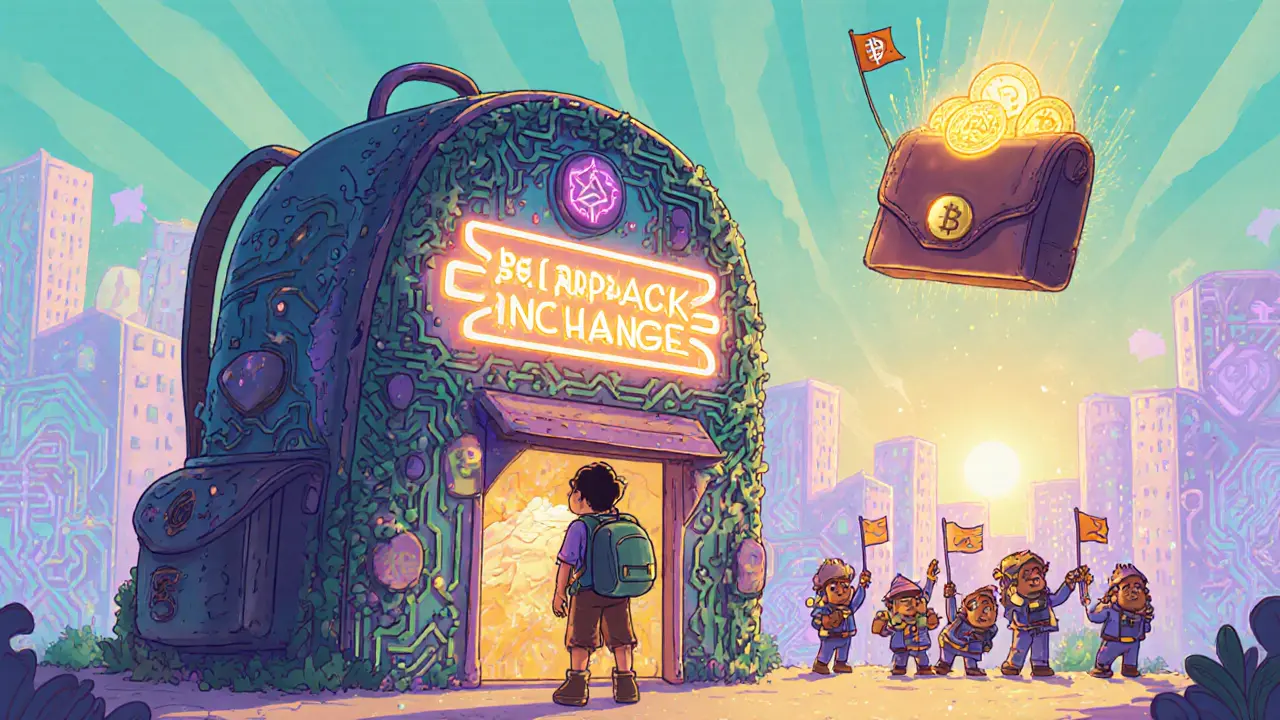Backpack Fees Explained – What You Need to Know
When working with Backpack fees, the charges you pay each time you move assets with the Backpack wallet on Solana. Also known as Backpack transaction costs, they reflect the network’s fee model and can vary depending on activity level. Understanding these costs helps you avoid surprise deductions and plan smarter moves across DeFi, NFTs, and token swaps.
Why Solana matters for Backpack fees
The Solana, a high‑throughput blockchain that powers the Backpack wallet uses a unique fee structure designed for cheap, fast transactions. Unlike Ethereum’s gas wars, Solana’s base fee stays low, but it can rise when the network gets crowded. Knowing how Solana’s fee mechanics interact with Backpack lets you time trades, avoid peak congestion, and keep costs predictable.
One key piece of the puzzle is the transaction fee, the amount of SOL you pay to validators for processing a move. On Solana, this fee is measured in lamports – the smallest unit of SOL, where 1 SOL = 1,000,000,000 lamports. The fee formula considers the size of the transaction in bytes and the current network load. By watching the fee per byte, you can gauge whether a pending swap or NFT mint will be cheap or pricey.
Because Backpack shows fees in SOL, it automatically converts lamports to a human‑readable number. If a transaction costs 5,000 lamports, that’s only 0.000005 SOL – a fraction of a cent at today’s prices. However, during spikes, fees can jump to tens of thousands of lamports, which still sounds tiny but adds up if you’re moving dozens of tokens daily. Keeping an eye on the lamport count lets you spot abnormal spikes before they bite.
Optimizing fees isn’t just about timing; it’s also about wallet settings. Backpack lets you set a custom fee ceiling, so the app will refuse to send a transaction that exceeds your limit. This safety net prevents accidental overspending when the network suddenly slows down. Pair that with a habit of batching smaller moves into a single transaction, and you’ll shave off unnecessary lamport waste.Network congestion is another factor that directly influences Backpack fees. When popular NFT drops or massive token swaps occur, validators prioritize larger fee bids, pushing the average fee upward. By checking real‑time network health dashboards or the “fee estimator” built into Backpack, you can decide whether to wait a few minutes or proceed immediately. This kind of proactive monitoring often saves enough lamports to cover a few extra trades each month.
All of these pieces – Solana’s low‑base model, the raw lamport numbers, the transaction‑fee calculation, and congestion awareness – work together to shape what you see as Backpack fees. Below you’ll find a curated set of articles that dive deeper into each aspect, from step‑by‑step guides on fee estimation to case studies of fee spikes during major NFT launches. Use them to sharpen your strategy, reduce costs, and get the most out of your Backpack wallet.
Backpack Exchange Review: Fees, Security, Features & How It Stacks Up
A detailed Backpack Exchange review covering fees, security, features, user experience and how it compares to OKX and Kraken for crypto traders.





